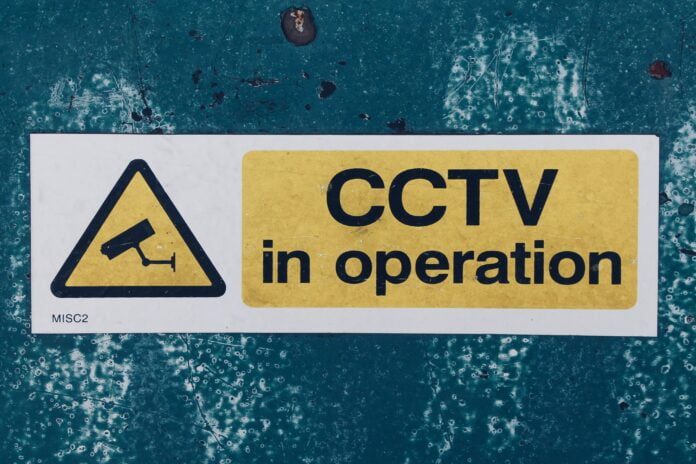Centralization has been instrumental in bringing billions of people online and developing the solid, reliable infrastructure upon which the Internet rests. At the same time, a small number of monopolistic organizations control large portions of the Internet and make decisions about what is and is not acceptable there.
This problem can be solved by using Web3. Web3 is a decentralized network that is being created, run, and ultimately owned by its users as opposed to the centralized Web, which a small number of technology giants have dominated. With Web3, users, not corporations, are in control.
Introduction to Web3
The concept of a new and improved internet, commonly referred to as Web3, has become a buzzword. At its core, Web3 uses blockchain technology, digital currencies, and NFTs to return ownership and control to the users.
Core ideas of Web3
Defining Web3 with precision is difficult, but it is built on a foundation of a few key principles.
- The ownership of Web3 is shared among its creators and users, as opposed to large swaths of the Internet being controlled and owned by centralized entities.
- When using Web3, no one is barred from joining, and no one is ever turned away because the platform requires no special permissions.
- Instead of using the antiquated infrastructure of banks and payment processors, Web3 has native payments that use cryptocurrency for online spending and sending of money.
- Web3 doesn’t rely on reliable third parties because it operates through market forces and other economic mechanisms.
Significance of Web3
Let’s dive deeper into Web3’s significance now. Although Web3’s standout features aren’t discrete and don’t easily fall into neat categories, we’ve done our best to categorize them for clarity’s sake.
- When using Web3, you can finally have full control over your digital possessions. Assume you’re immersed in a web2 game. If you buy something within the game, it will be associated with your account. These items are at the mercy of the game developers and will be deleted along with your account if they decide to do so. If you choose to stop playing the game, you may also lose the value of your in-game possessions.
- This platform-creator power dynamic is extremely unbalanced.
- Over a million people make content for the adult website OnlyFans, and many rely on the site as their main source of income. OnlyFans stated their intention to prohibit sexually explicit content in August of 2021. The creators on the platform were outraged by the announcement because they saw it as a theft of their right to profit from the platform they had helped build. Responding swiftly to the backlash, the decision was quickly reversed. Despite the creators’ victory, the issue it raises for Web 2.0 creators is highlighted: if you leave a platform, you lose the reputation and following you’ve built.
- Tokens in Web3 function like shares of stock, allowing users to jointly own the platform along with their data. Decentralized autonomous organizations (DAOs) enable coordinated decentralized platform ownership and governance.
- DAOs, or “decentralized autonomous organizations,” are technically defined as “agreed-upon smart contracts that automate decentralized decision-making over a pool of resources” (tokens). Token holders have a say in allocating scarce resources, and the code follows their wishes to the letter.
- Many Web3 communities are thought of by their members as DAOs, however. Each of these groups uses varying degrees of code-based automation and decentralization. We are currently investigating the nature of DAOs and their potential development.
Web 3.0 and the Use of Cryptocurrency
- In this context, “currency” refers to a digital asset that can only be spent on a specific blockchain network. Usually, only one cryptocurrency is built into the consensus mechanism of a given blockchain from the ground up. Bitcoin (BTC) is the cryptocurrency of the Bitcoin network, while Ether (ETH) is the cryptocurrency of the Ethereum network.
- The “block rewards” are the cryptocurrency payments made to nodes in exchange for their work in adding and validating blocks to the blockchain. Without crypto, there would be no incentive for node operators to participate in blockchain networks beyond a sense of altruism.
- Blockchain networks can use consensus mechanisms to facilitate network operations like asset transfers and the addition and validation of new blocks because they use native cryptocurrencies that represent digital value. Bitcoin transactions, like those between individuals, are subject to a transaction fee (also known as a “gas fee”) to cover the cost of the energy and processing power consumed by the network during the transaction.
When it comes to Web3, how does it all work?
There is a general agreement on what Web3 is and who it is for, although the term still needs to be precisely defined. The third generation of the World Wide Web, or Web3, is the evolution of the Web we currently use.
Whereas Web2, propelled by the explosion of mobile internet access and social networks, fundamentally altered the way we communicate and collaborate online, Web3 holds promise in the ways in which we negotiate and exchange value. Web3 was conceived with the intention of giving users more say over their own data.
Also get to know in more detail about Web3 in real estate.
Foundations of Web3
- On the contrary, blockchain and cryptocurrencies are integral parts of the Web3 paradigm shift. They are crucial components of Web3’s decentralization architecture. In essence, they make up the system’s backbone.
- For blockchains to thrive, an incentive mechanism for network participation is required, and this cannot exist without cryptocurrency. In the absence of crypto wallets, users would have nowhere to keep their cryptocurrency (or any sort of passport to access Web3). Similarly, Web3 wouldn’t be possible without blockchain networks.
- Web3 is the decentralized, distributed Internet made possible by all these technologies. The Brave browser, with its integrated cryptocurrency wallet and direct support for the Basic Attention Token (BAT), provides a quick and safe way to access Web3.
Future of Web3
All agree that Web3 holds promise but that its success will depend on the development of cutting-edge digital infrastructure. The success of these innovations depends on the rate at which industry professionals adopt them. When it does, Asia and the Pacific will likely see explosive growth in adoption due to the region’s large, tech-savvy population and extensive use of blockchain.
Meanwhile, we at Equinix are gearing up to assist pioneers in the development and testing of Web3 technologies by providing them with the flexible digital infrastructures and ecosystem-rich data centers found on Platform Equinix®. We give developers the freedom to choose the best tools to experiment with solutions for a Web3 future by providing global coverage and services like Equinix MetalTM. In this video, you’ll see how Akash Network is putting Equinix Metal to work to build the backbone of the infrastructure that drives Web3.
You may want to read more,








